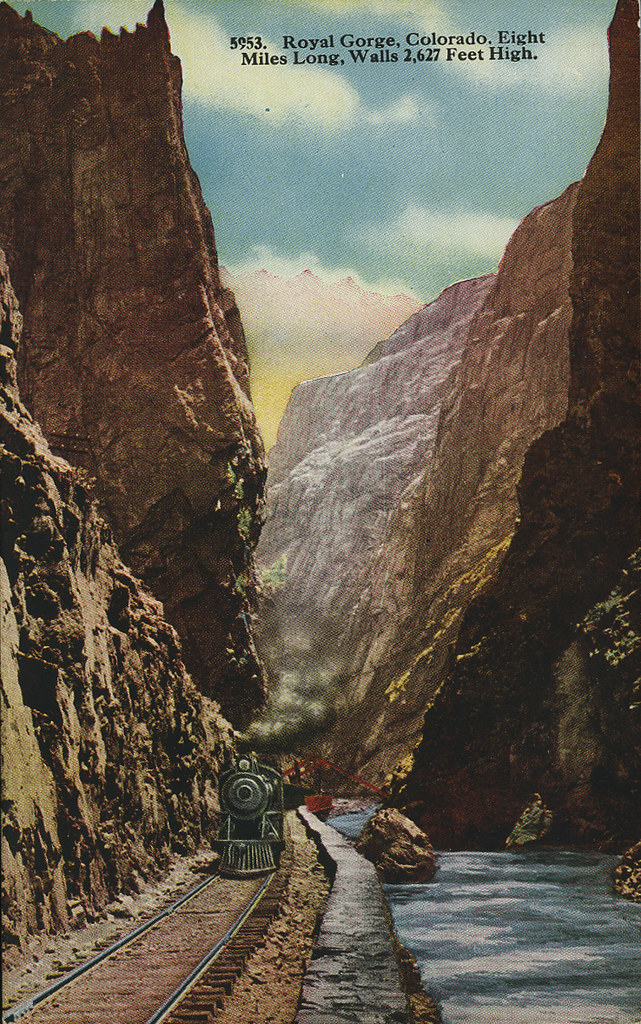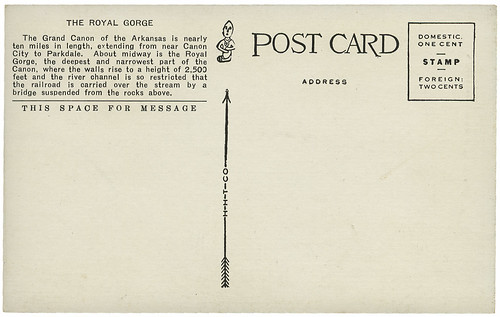This post is a companion piece to this week’s Sepia Saturday post at Tattered and Lost Vernacular Photography.
The following images are all from Knott’s Berry Farm located in Buena Park, California.
I first went to Knott’s Berry Farm in the early 1950s, before Disneyland was even open. I have two vivid memories; one involved the train, the second involved the jail.
This lovely old train was one of the few rides in the park. I don’t remember why only my mother and I went on it, but I can tell you I was screaming at the top of my lungs before it was over. Everything seemed to be fine and dandy as the train moved around the park grounds. And then THEY came aboard with guns drawn, kerchief masks over the faces. They were train robbers and I thought it was all very real. I was terrified as they came down the aisle demanding our valuables. I don’t know how my mother got me calmed down, but we forever remembered that ride.
Click on any image to see it larger.
The second memory involves my grandfather and the trick he played on me. Behind some old buildings on the main street is the old jail. You walk up a wooden sidewalk and look inside to see the poor fellow below. Again, I was a little girl, probably around 4 or 5. Imagine my surprise when I looked through the jail house door window and the prisoner, Sad Eye Joe, started talking to me, using my name. How could he possibly know who I was? My folks stood by laughing. I was creeped out. And for some reason my grandfather was no where to be found. It wasn’t until I was older that my folks let me in on the “secret.” Anyone could go to the building in front of the jail and give a man the name of someone who was approaching the jail door. Then this fellow would start talking into a microphone as you looked in the door. I got to finally do it to a friend in the early ‘70s. She was old enough to know the dummy was not talking, but it took her awhile to figure out how it had happened. I have a photo of her peeking through the door. I just wish I had a photo of the look on her face when she turned around.
The second memory involves my grandfather and the trick he played on me. Behind some old buildings on the main street is the old jail. You walk up a wooden sidewalk and look inside to see the poor fellow below. Again, I was a little girl, probably around 4 or 5. Imagine my surprise when I looked through the jail house door window and the prisoner, Sad Eye Joe, started talking to me, using my name. How could he possibly know who I was? My folks stood by laughing. I was creeped out. And for some reason my grandfather was no where to be found. It wasn’t until I was older that my folks let me in on the “secret.” Anyone could go to the building in front of the jail and give a man the name of someone who was approaching the jail door. Then this fellow would start talking into a microphone as you looked in the door. I got to finally do it to a friend in the early ‘70s. She was old enough to know the dummy was not talking, but it took her awhile to figure out how it had happened. I have a photo of her peeking through the door. I just wish I had a photo of the look on her face when she turned around.
I haven’t been to Knott’s Berry Farm in a very long time. I have such good memories of how it used to be before it became just another park with rides. It was a gem when life was slower. Chickens roamed around the parking lot, long lines of people waited to eat in the chicken restaurant (not to go on rides), and just walking up and down the dirt covered streets with the old buildings was an adventure. As to the parking lot chickens…I have no idea if the lot was searched each night for road kill to serve the next day at the chicken restaurant.

Click on either image to see it larger.



















